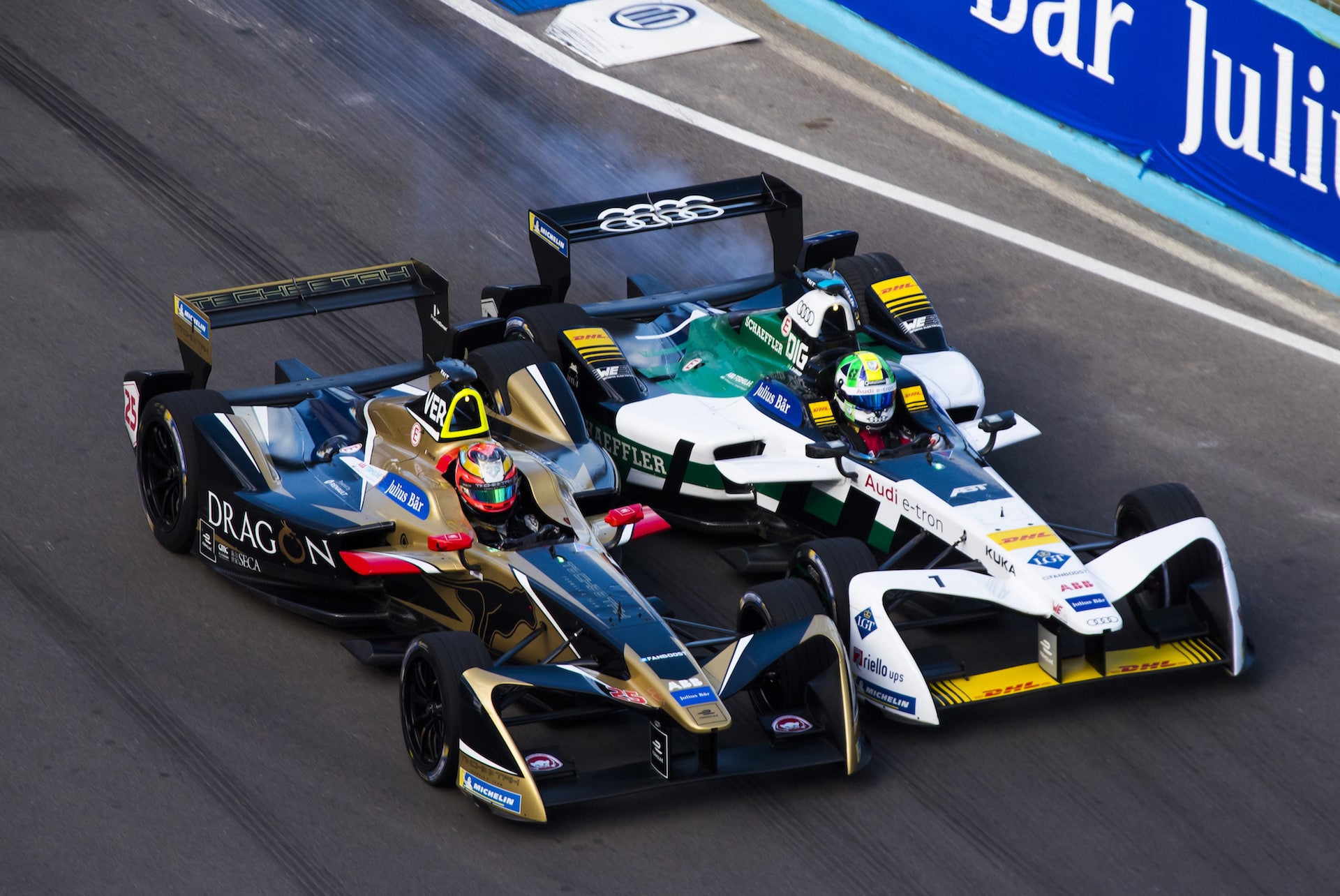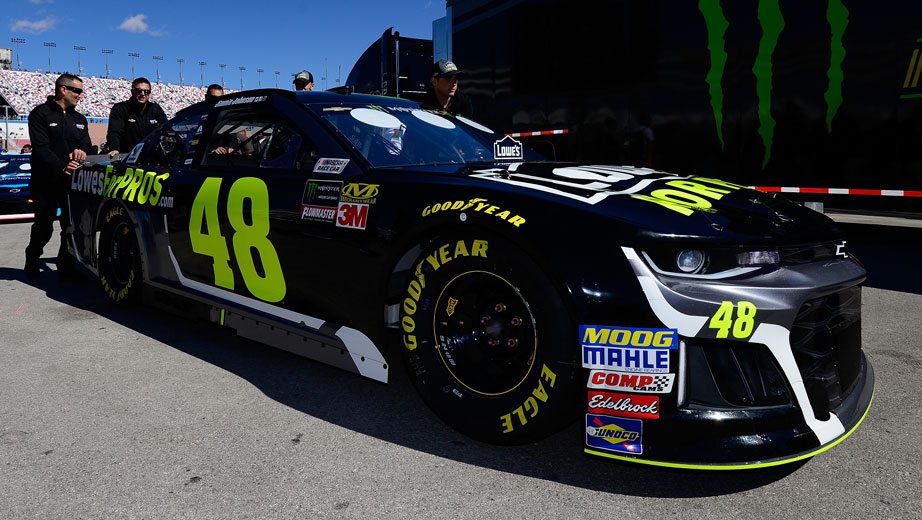NASCAR cars can reach speeds of up to 200 miles per hour. They are designed for high-speed oval track racing.
NASCAR, short for the National Association for Stock Car Auto Racing, is a premier motorsport organization. NASCAR cars are marvels of engineering, built for speed and endurance. These vehicles are equipped with powerful engines and aerodynamic designs. They can achieve speeds of 200 miles per hour on straightaways.
The sport is incredibly popular in the United States, attracting millions of fans. Racers compete on various tracks, including superspeedways and road courses. Each race demands skill, strategy, and precision from drivers. Safety is also a top priority, with rigorous standards in place. NASCAR offers thrilling experiences for both drivers and fans alike.
Top Speeds In Nascar
NASCAR cars are known for their incredible speed. Drivers push their machines to the limit. Understanding these speeds can be fascinating for fans. Let’s explore some of the top speeds in NASCAR history.
Record-breaking Moments
Record-breaking moments are a highlight in NASCAR. The fastest recorded speed is 212.809 mph by Bill Elliott. This record was set at Talladega Superspeedway in 1987. This speed is still unbeaten in NASCAR history.
Another notable moment was Rusty Wallace’s test run. He reached 228 mph in a special car test. This test was not during an official race. These speeds show the potential of NASCAR cars.
Average Race Speeds
Average race speeds differ from record-breaking speeds. During races, drivers maintain a steady pace. The average speed in NASCAR races is around 150 mph.
The type of track affects these speeds. Superspeedways like Daytona and Talladega have higher speeds. Short tracks and road courses have lower average speeds.
Here is a table showing average speeds at different tracks:
| Track | Average Speed (mph) |
|---|---|
| Daytona International Speedway | 170 |
| Talladega Superspeedway | 180 |
| Martinsville Speedway | 95 |
| Sonoma Raceway | 80 |
These average speeds show the variety in NASCAR racing. Each track offers a unique challenge for drivers.

Credit: montrealgrandprix.com
Factors Influencing Speed
Understanding how fast NASCAR cars go involves looking at several factors. These factors directly affect the car’s speed on the track.
Aerodynamics
Aerodynamics play a vital role in NASCAR car speed. The shape of the car reduces air resistance. This helps the car to move faster. Engineers design cars to cut through the air easily. They use wind tunnels to test and improve designs. A car with better aerodynamics can reach higher speeds.
| Aerodynamic Feature | Purpose |
|---|---|
| Spoilers | Reduce lift and increase downforce |
| Splitters | Direct airflow under the car |
| Diffusers | Improve airflow at the rear |
Engine Performance
The engine is the heart of a NASCAR car. A powerful engine can generate more speed. Engineers focus on maximizing horsepower. They use advanced technologies to improve engine performance. Regular maintenance keeps the engine in top condition.
- High-performance fuel
- Precision tuning
- Advanced cooling systems
A well-tuned engine can make all the difference. It provides the necessary power to achieve high speeds on the track.
Speed Comparison With Other Motorsports
Have you ever wondered how fast NASCAR cars go compared to other motorsports? This section breaks down the speed differences between NASCAR, Formula 1, and IndyCar. Understanding these differences can be exciting and enlightening for motorsports enthusiasts.
Formula 1 Vs. Nascar
Formula 1 cars are known for their incredible speed and precision. They can reach speeds of up to 230 mph. These cars are built for quick acceleration and high-speed cornering. They have advanced aerodynamics and lightweight materials.
In contrast, NASCAR cars are designed for endurance and robustness. They typically reach top speeds of around 200 mph. NASCAR races often take place on oval tracks, requiring different handling and speed strategies.
| Motorsport | Top Speed (mph) |
|---|---|
| Formula 1 | 230 |
| NASCAR | 200 |
Indycar Vs. Nascar
IndyCars are another type of high-speed racing vehicle. They can reach speeds up to 240 mph. IndyCar races often involve both oval and street circuits. These cars are extremely light and have powerful engines.
NASCAR cars, while fast, are heavier and built differently. Their focus is on durability and strategy over long races. This makes them slower compared to the highly specialized IndyCars.
| Motorsport | Top Speed (mph) |
|---|---|
| IndyCar | 240 |
| NASCAR | 200 |
Understanding these speed differences can make watching each type of race more enjoyable. Each motorsport has its own unique charm and excitement.
Safety Measures At High Speeds
NASCAR cars reach incredible speeds, sometimes exceeding 200 mph. Ensuring driver safety at these high speeds is paramount. This involves a combination of advanced car design and strict track regulations.
Car Design
The design of NASCAR cars focuses heavily on safety. Cars are built with a roll cage that protects drivers in case of a crash. The roll cage is made from strong steel tubing.
Cars also have energy-absorbing foam in the doors. This foam helps reduce the impact during a collision. Another safety feature is the HANS device. The HANS device keeps the driver’s head stable during an accident.
Seat belts in NASCAR cars are not regular seat belts. These are five-point harnesses that secure the driver firmly. The car’s seat is custom-made to fit each driver perfectly. This ensures maximum safety and comfort.
Track Regulations
Tracks have strict safety regulations to protect drivers. There are barriers around the track to absorb impact. These barriers are made from materials like SAFER barriers. SAFER stands for Steel and Foam Energy Reduction.
The track surface is also important for safety. Tracks are regularly checked and maintained. This ensures there are no dangerous spots or debris. Safety teams are always on standby during races.
Drivers must follow strict rules during races. Speed limits are enforced in certain areas, such as pit lanes. This reduces the risk of accidents when cars are close together.
Here is a summary of the key safety measures:
| Safety Feature | Description |
|---|---|
| Roll Cage | Protects drivers with strong steel tubing |
| Energy-Absorbing Foam | Reduces impact in doors |
| HANS Device | Keeps driver’s head stable |
| Five-Point Harness | Secures the driver firmly |
| SAFER Barriers | Absorb impact around the track |
| Regular Track Maintenance | Ensures track safety |
| Speed Limits | Reduce risk in pit lanes |
These measures are crucial for keeping drivers safe at high speeds.
Impact Of Speed On Racing Strategy
Speed plays a crucial role in NASCAR racing strategy. The faster the car, the more complex the decisions. Both the team and driver must adapt to changing conditions. Understanding speed’s impact helps teams plan better.
Pit Stop Decisions
During a race, pit stop decisions are influenced by speed. A faster car may need more frequent tire changes. This is due to increased tire wear. Teams also consider fuel consumption. Faster speeds burn more fuel. Efficient pit stops can make or break a race. Teams often practice pit stops to minimize time lost.
| Factors | Impact |
|---|---|
| Tire Wear | More frequent changes needed |
| Fuel Consumption | Higher speeds consume more fuel |
| Time Efficiency | Quick stops save crucial seconds |
Driver Techniques
Drivers use various techniques to manage speed. Drafting is one such technique. It involves closely following another car. This reduces air resistance and increases speed. Another technique is cornering. Drivers must slow down just right to take corners efficiently. Accelerating out of corners is equally important. It ensures the car gains maximum speed quickly.
- Drafting: Reduces air resistance, increases speed.
- Cornering: Balances speed and control.
- Accelerating: Quick speed gain after corners.
These techniques require skill and practice. Mastering them can lead to victory.

Credit: motorsporttickets.com

Credit: montrealgrandprix.com
Frequently Asked Questions
How Fast Can A Nascar Car Go?
NASCAR cars can reach speeds of up to 200 mph. The fastest recorded speed in a NASCAR race is 212. 809 mph.
What Is The Top Speed Of A Nascar?
The top speed of a NASCAR is around 212 mph. This speed is usually achieved on superspeedways like Talladega and Daytona.
How Do Nascar Cars Achieve Such High Speeds?
NASCAR cars achieve high speeds due to their powerful engines and aerodynamic designs. The engines can produce over 700 horsepower.
Are Nascar Cars Faster Than F1 Cars?
NASCAR cars are generally slower than F1 cars. F1 cars can reach speeds of over 230 mph, thanks to their advanced technology and design.
Conclusion
Nascar cars are engineering marvels, reaching speeds over 200 mph. This thrilling sport captivates fans worldwide. Understanding these speeds adds to the excitement. Whether you’re a new fan or a seasoned veteran, Nascar’s speed is impressive. Stay tuned for more thrilling races and breathtaking moments on the track.

Rakib Sarwar is a seasoned professional blogger, writer, and digital marketer with over 12 years of experience in freelance writing and niche website development on Upwork. In addition to his expertise in content creation and online marketing, Rakib is a registered pharmacist. Currently, he works in the IT Division of Sonali Bank PLC, where he combines his diverse skill set to excel in his career.
